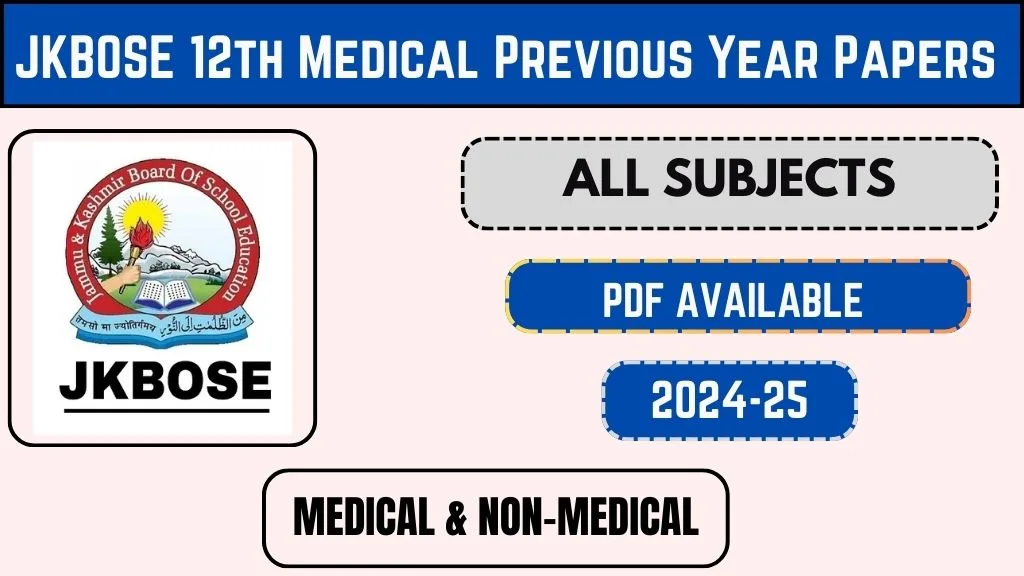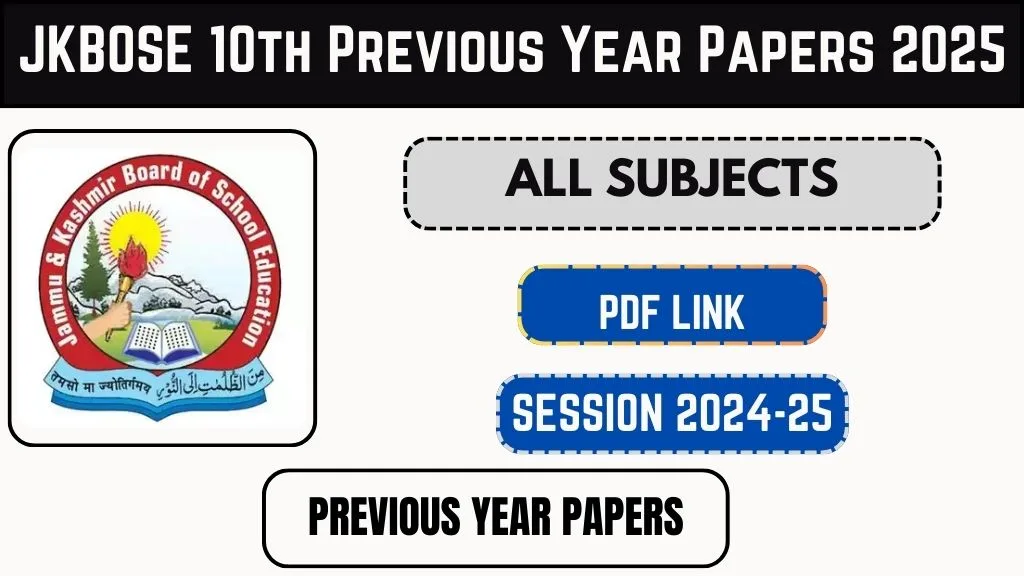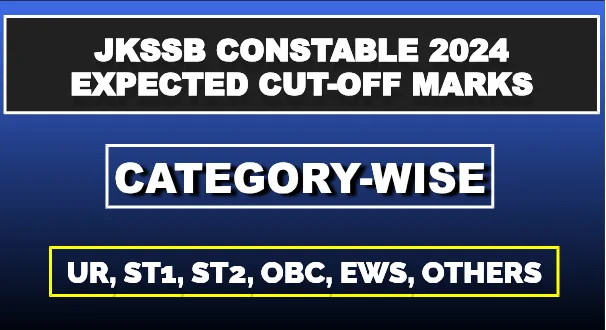The Railway Recruitment Board (RRB) conducts the Non-Technical Popular Categories (NTPC) examination to recruit candidates for various positions in the Indian Railways. Understanding the exam pattern is crucial for effective preparation. This article provides a detailed overview of the RRB NTPC Exam Pattern for 2025, including stages, marking schemes, and other essential details.
RRB NTPC Exam Pattern 2025 📝
The RRB NTPC selection process comprises multiple stages. Here’s a quick overview:
| Stage | Description |
|---|---|
| First Stage Computer-Based Test (CBT 1) | Preliminary screening test common for all posts. |
| Second Stage Computer-Based Test (CBT 2) | Main examination with a higher difficulty level. |
| Computer-Based Aptitude Test (CBAT) | Applicable for specific posts like Station Master and Traffic Assistant. |
| Typing Skill Test (TST) | Required for posts such as Senior Clerk cum Typist and Junior Account Assistant cum Typist. |
| Document Verification (DV) | Final stage involving verification of educational and other relevant documents. |
RRB NTPC Exam Pattern [DETAILED]
First Stage Computer-Based Test (CBT 1) 🖥️
- Purpose: Screening test to shortlist candidates for the second stage.
- Duration: 90 minutes (120 minutes for eligible PwBD candidates).
- Number of Questions: 100 multiple-choice questions.
- Sections and Distribution:SectionNumber of QuestionsMarksGeneral Awareness 🌐4040Mathematics ➕3030General Intelligence and Reasoning 🧠3030Total100100
- Marking Scheme:
- Each correct answer awards 1 mark.
- Negative Marking: 1/3 mark deducted for each incorrect answer.
- Standard of Questions: Generally in line with the educational qualifications prescribed for the posts.
Second Stage Computer-Based Test (CBT 2) 🖥️
- Purpose: Main examination to assess candidates’ suitability for specific posts.
- Duration: 90 minutes (120 minutes for eligible PwBD candidates).
- Number of Questions: 120 multiple-choice questions.
- Sections and Distribution:SectionNumber of QuestionsMarksGeneral Awareness 🌐5050Mathematics ➕3535General Intelligence and Reasoning 🧠3535Total120120
- Marking Scheme:
- Each correct answer awards 1 mark.
- Negative Marking: 1/3 mark deducted for each incorrect answer.
- Standard of Questions: Varies according to the level of the post applied for.
Computer-Based Aptitude Test (CBAT) 🖱️
- Applicability: Only for candidates applying for posts like Station Master and Traffic Assistant.
- Qualifying Criteria:
- Minimum T-Score of 42 marks in each test battery.
- No relaxation in minimum T-Score; applies to all categories.
- Features:
- No negative marking.
- Questions available in English and Hindi.
- Weightage in Merit Calculation:
- 70% weightage to marks obtained in CBT 2.
- 30% weightage to marks obtained in CBAT.
Typing Skill Test (TST) ⌨️
- Applicability: For posts like Senior Clerk cum Typist and Junior Account Assistant cum Typist.
- Nature: Qualifying in nature.
- Criteria:
- Typing speed of 30 words per minute (WPM) in English or 25 WPM in Hindi.
- Test conducted on a personal computer without editing tools or spell check facilities.
Document Verification (DV) 📄
- Purpose: Verification of educational qualifications and other relevant documents.
- Process: Candidates equal to the number of vacancies are called based on performance in previous stages.
- Note: Authenticity of documents is crucial; any discrepancies can lead to disqualification.

Important Points to Remember 🛑
- Negative Marking: Both CBT 1 and CBT 2 have a negative marking of 1/3 for each incorrect answer.
- Normalization of Marks: Applied in CBT 1 and CBT 2 to account for variations in difficulty levels across different sessions.
- Eligibility Criteria: Minimum percentage of marks for eligibility varies by category:
- UR: 40%
- EWS: 40%
- OBC (Non-Creamy Layer): 30%
- SC: 30%
- ST: 25%
Preparation Tips 📚
- Understand the Syllabus: Familiarize yourself with the detailed syllabus for each section.
- Practice Regularly: Solve previous years’ question papers and take mock tests to build speed and accuracy.
- Time Management: Develop effective time management skills to ensure all questions are attempted within the given time.
- Stay Updated: Keep abreast of current affairs and general knowledge topics, especially for the General Awareness section.
- Focus on Weak Areas: Identify and work on subjects or topics where improvement is needed.
Frequently Asked Questions (FAQs) ❓
Q1: Is there negative marking in the RRB NTPC exams?
Yes, both CBT 1 and CBT 2 have a negative marking of 1/3 for each incorrect answer.
Q2: Are the typing tests applicable for all posts?
No, the Typing Skill Test (TST) is applicable only for posts like Senior Clerk cum Typist, Junior Account Assistant cum Typist, and others that require typing proficiency.
Q3: What is the qualifying criterion for the Computer-Based Aptitude Test (CBAT)?
Candidates must secure a minimum T-Score of 42 marks in each test battery to qualify for CBAT. This criterion is uniform across all categories, and no relaxation is provided.
Q4: Is there any sectional cut-off in the RRB NTPC exam?
No, there are no sectional cut-offs in CBT 1 or CBT 2. Candidates are assessed based on their overall performance in each stage.
Q5: How are ties resolved in the final merit list?
In case of a tie in scores, the following criteria are used for resolving it:
- Candidates with higher marks in CBT 2 are ranked higher.
- If the tie persists, age is considered, with older candidates given preference.
- If the tie still remains unresolved, alphabetical order of names is used.
Conclusion 🏁
The RRB NTPC exam is a gateway to prestigious positions in the Indian Railways. With a clear understanding of the exam pattern, you can plan your preparation effectively and enhance your chances of success. Pay attention to each stage of the selection process, manage your time efficiently, and stay consistent with your studies. Remember, success in any competitive exam requires not just hard work but also smart planning. 🚀
Wishing you all the best for your RRB NTPC 2025 journey! 💼
YOU MAY ALSO LIKE
Mufaiz Wani is a Professional content writer with over 5 years of experience crafting engaging and informative educational content. Holding a Master’s degree in Computer Science, Mufaiz blends technical expertise with creative writing to deliver articles, guides, and resources to the Students.





